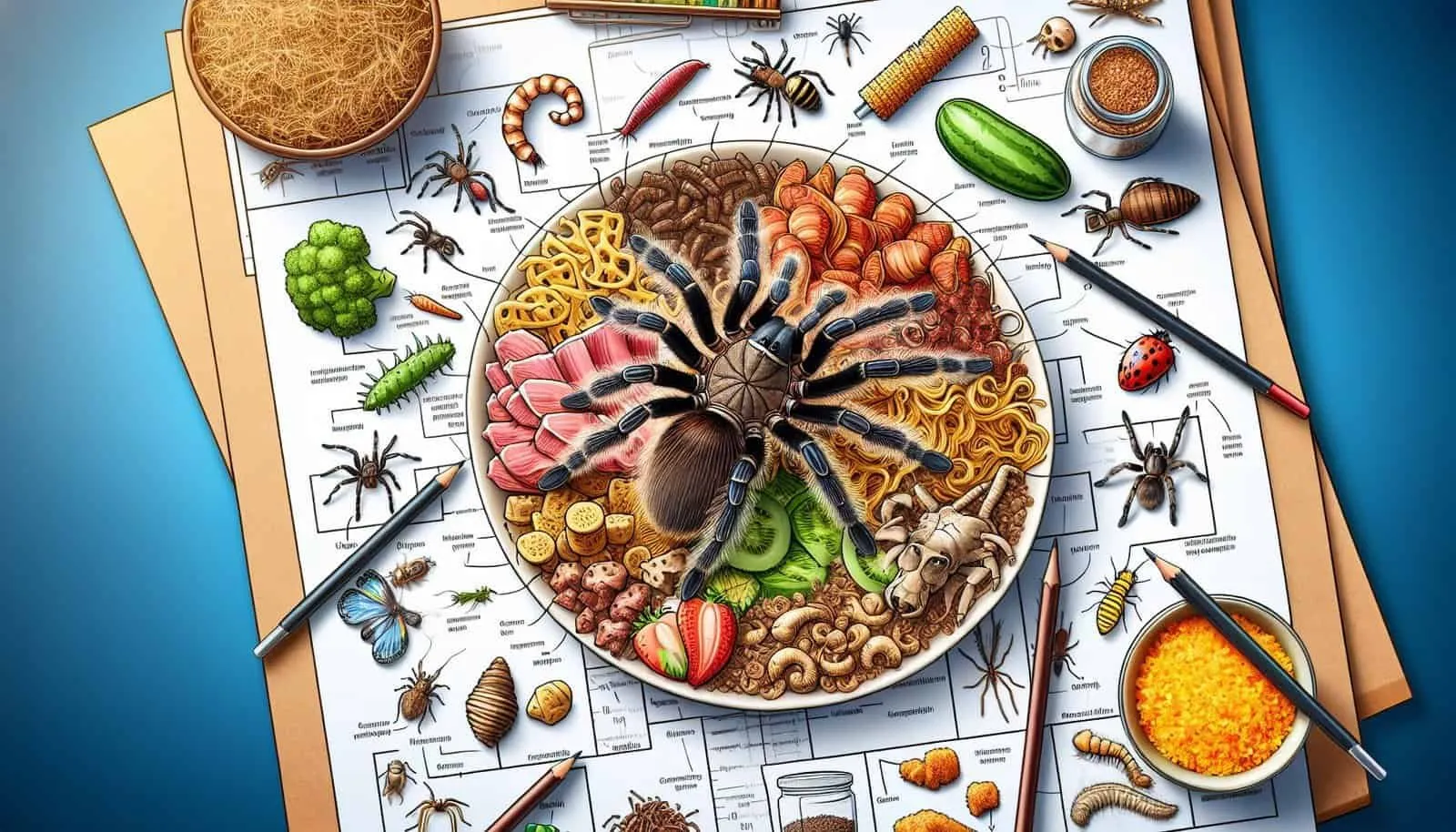Understanding Tarantula Spiderlings Feeding Needs
Feeding tarantula spiderlings is a crucial aspect of their care, directly impacting their growth and overall health. These tiny arachnids have specific dietary requirements that differ significantly from those of adult tarantulas. Providing the right food, in the correct amounts, at the appropriate intervals is essential to ensure your spiderlings thrive. This guide covers everything you need to know about feeding your spiderlings, from choosing the right prey to avoiding common pitfalls. Proper feeding habits are fundamental to raising healthy, robust tarantulas. By understanding these needs, you can significantly increase the chances of successful growth and development for your young tarantulas.
The Importance of Proper Feeding
Proper feeding habits are directly linked to the well-being of your spiderlings. Adequate nutrition supports their rapid growth phase and bolsters their immune systems. Failure to provide adequate food can lead to stunted growth, weakened molts, and even death. Conversely, overfeeding, while less common, can also create problems, leading to potential health issues. Therefore, striking the right balance in feeding frequency and food type is critical for the spiderling’s overall health and development. Regular feeding, coupled with proper care, provides the best opportunity for the spiderling to thrive and mature into a beautiful adult tarantula.
Why Spiderlings Need Special Care
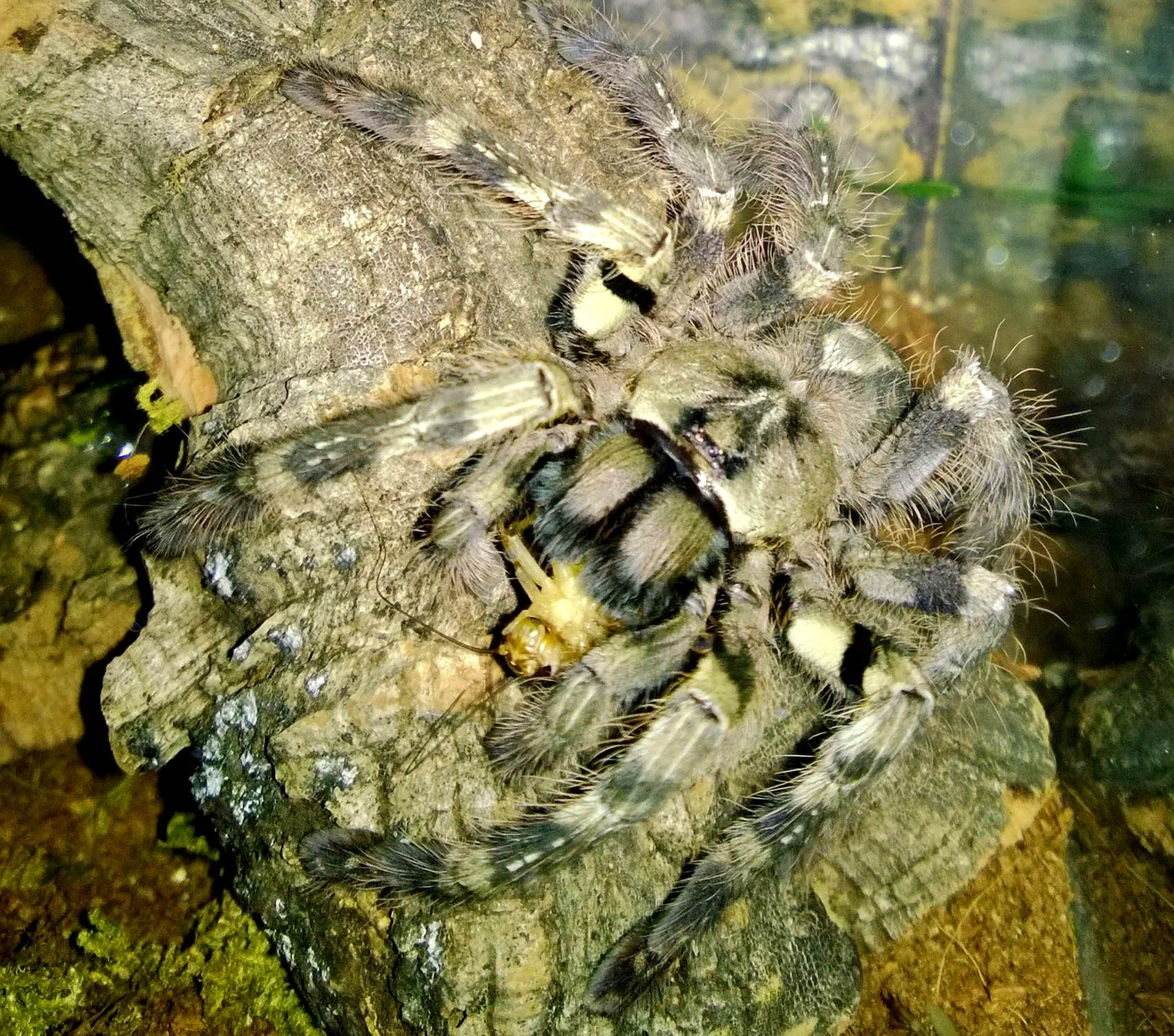
Spiderlings are much more vulnerable than adult tarantulas, making specialized feeding practices necessary. They are smaller, have less developed exoskeletons, and are more susceptible to environmental changes and nutritional deficiencies. Their metabolism is also significantly higher than that of adults, requiring more frequent meals to fuel their rapid growth. This special care extends to selecting the right prey size and type, as well as providing the appropriate feeding frequency and environmental conditions. Understanding these unique needs is the first step in successfully raising a healthy spiderling.
Choosing the Right Food
Selecting appropriate prey is vital when feeding tarantula spiderlings. Their small size and delicate mouthparts restrict the types of food they can consume. The wrong prey can not only pose a choking hazard but also provide inadequate nutrition. It’s important to understand the ideal prey size and the specific food choices that will give your spiderling the best chance to flourish. This section will cover everything you need to know about selecting and preparing the right food for your growing tarantula.
Appropriate Prey Size
The size of the prey is one of the most important factors when feeding spiderlings. As a general rule, the prey should be no larger than the spiderling’s body. It’s often recommended that the prey be no more than half the size of the spiderling’s body. Larger prey can be difficult for the spiderling to overpower and consume, which can lead to stress and potentially injury. Always observe your spiderling while it is feeding. If the prey is too large or difficult to handle, it may be best to remove it and try a smaller option. Carefully consider the size of the prey in relation to your spiderling. This will guarantee that the spiderling can eat it.
Ideal Prey Choices for Spiderlings
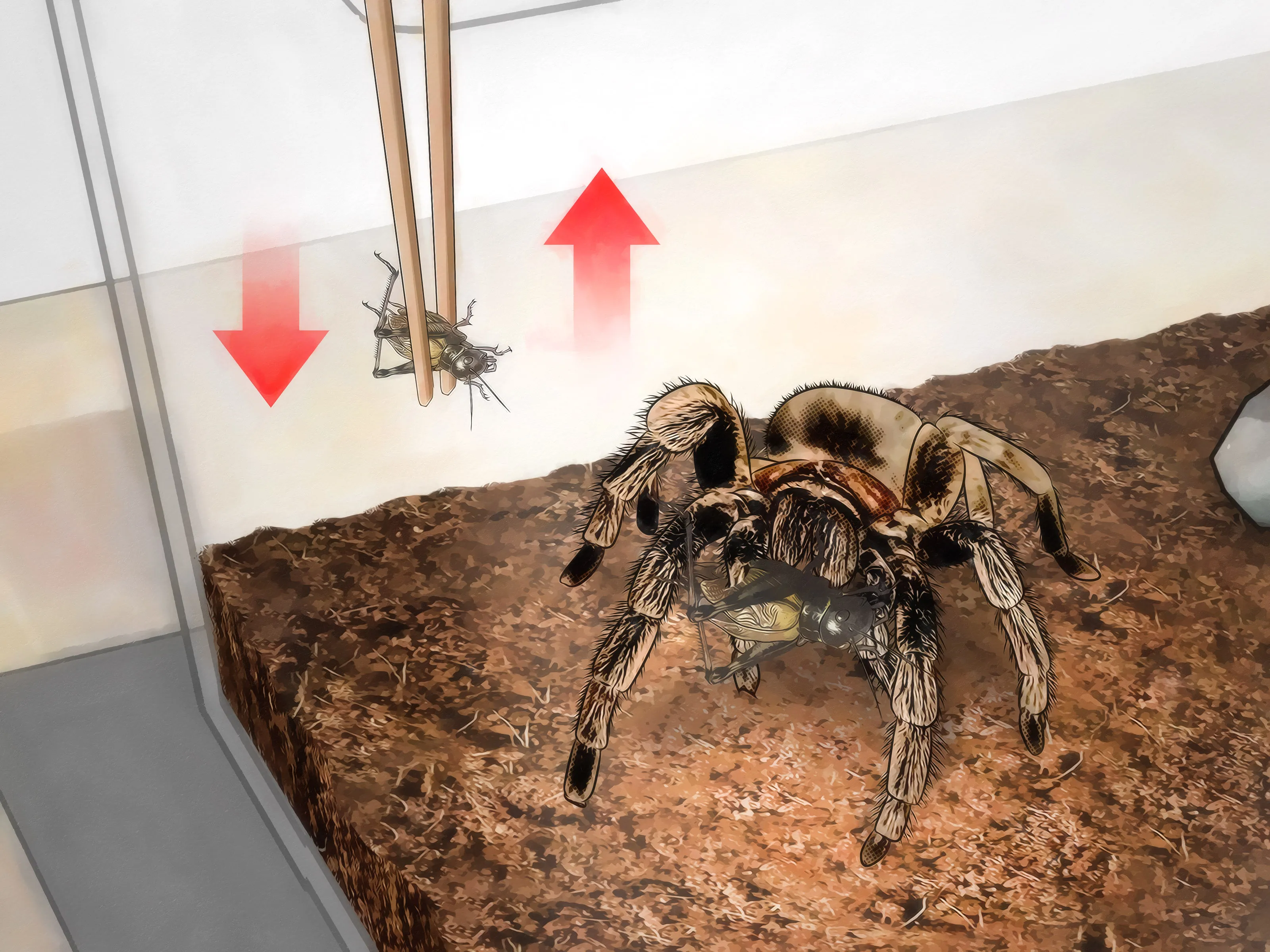
For spiderlings, flightless fruit flies, pinhead crickets, and small mealworms are excellent choices. Flightless fruit flies are a particularly good option for very small spiderlings, as they are easy to handle and provide a good source of nutrients. Pinhead crickets are also easily accessible and a staple diet for many tarantula keepers. Mealworms should be offered in moderation because of their higher chitin content, which can be more difficult for spiderlings to digest. Always ensure the prey items are gut-loaded before feeding them to your spiderlings to provide them with the best possible nutrition. Offering a variety of prey items ensures a well-balanced diet for your spiderlings, promoting their overall health and growth.
How Often to Feed Spiderlings
The frequency of feeding is another critical aspect of spiderling care. The amount of food your spiderling needs depends on its size, species, and rate of growth. Overfeeding can lead to health issues, while underfeeding can stunt growth. It is, therefore, essential to strike the right balance. This section will cover the recommended feeding schedules and the factors to consider to ensure your spiderling receives the right amount of food at the right time.
Frequency Based on Size and Species
As a general guideline, smaller spiderlings (e.g., those under 1/2 inch in leg span) should be fed every other day or every three days. As they grow, the feeding frequency can be adjusted. Spiderlings between 1/2 inch and 1 inch may be fed 2-3 times per week. Larger juveniles can typically be fed every 3-4 days. Fast-growing species may require more frequent feeding than slower-growing ones. Always observe your tarantula spiderling. If it readily eats every time you offer food, you might need to increase the feeding frequency slightly. If it refuses food consistently, decrease the frequency.
Recognizing When Your Spiderling is Hungry
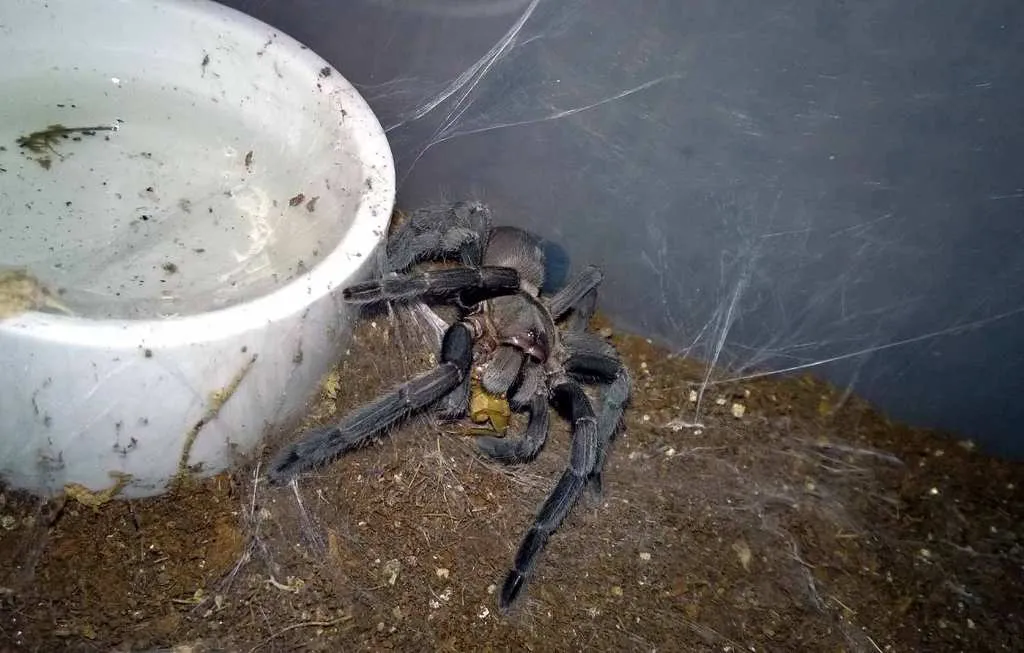
Observing your spiderling’s behavior is the best way to determine if it is hungry. A spiderling that is ready to eat will typically be active and eagerly seize any food offered. You may also notice a slight increase in its activity levels. If the spiderling is consistently refusing food, it could be a sign that it is not hungry, is about to molt, or that the environment is not optimal. Another sign might be the abdomen, a spiderling that is consistently well fed should have a slightly round abdomen. If the abdomen appears shrunken, the spiderling may need more food. The abdomen serves as a key indicator of your spiderling’s overall health, so understanding its visual cues is very important.
Feeding Techniques and Best Practices
The way you feed your spiderlings can significantly impact their health and safety. Proper feeding techniques minimize stress, prevent injuries, and ensure that your spiderlings receive the nutrition they need. This section provides guidance on safely delivering food and maintaining a clean enclosure. By following these best practices, you can provide your spiderlings with the best possible chance to thrive.
Delivering Food Safely
When delivering food, use tongs or tweezers to offer the prey to your spiderling. This helps to avoid any direct contact between your fingers and the spiderling. When the spiderling has grabbed the prey, gently release it to allow it to feed. Place the prey near the spiderling’s burrow, if it has one, as they often feel safer eating in their home. Be careful not to drop the prey directly into the spiderling’s burrow, as this may stress the spiderling. Regularly monitor the enclosure for any uneaten prey, removing it as soon as possible to prevent mold or mites from developing.
Removing Uneaten Food
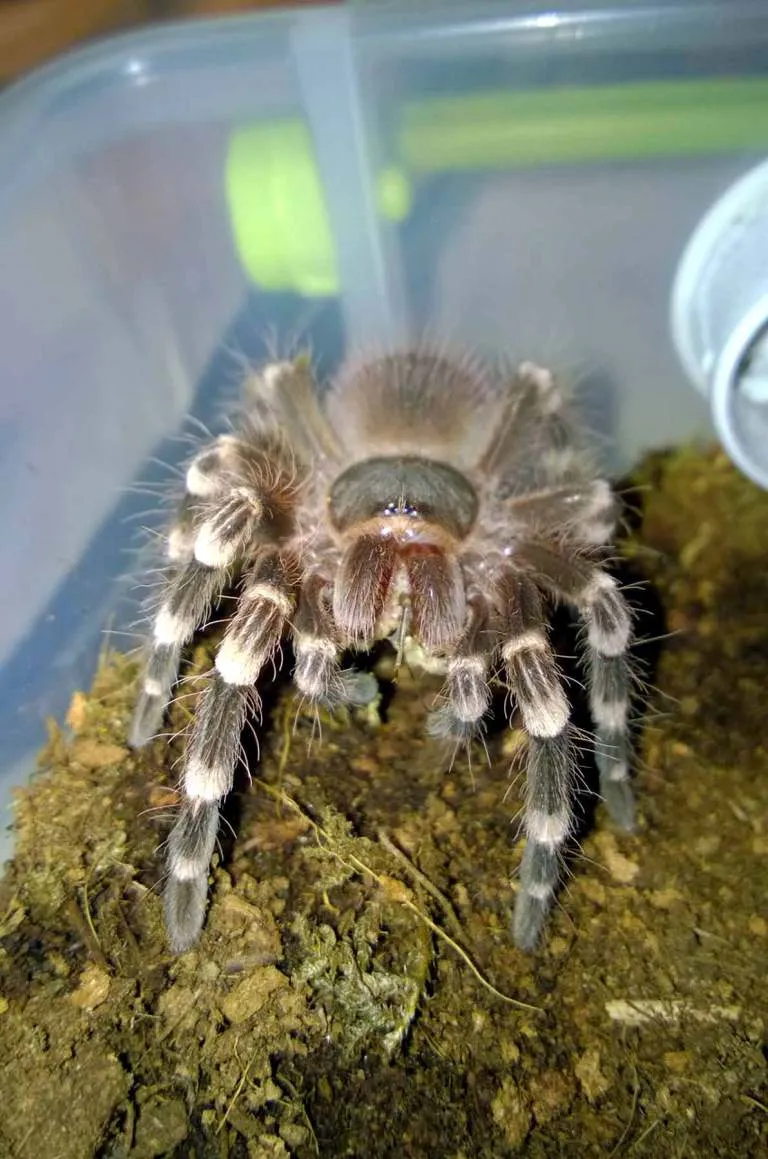
Uneaten food should always be removed from the enclosure within 24 hours. Leftover prey can stress the spiderling and cause health issues. The decaying remains of the prey can lead to the growth of mold and attract mites, which can be harmful to your spiderling. Regularly inspect the enclosure for any uneaten food items and remove them promptly. Using tongs or tweezers, carefully remove the food. Regularly cleaning the enclosure is an essential part of maintaining a healthy environment for your spiderling.
Providing Water and Maintaining Humidity
Water and humidity are essential components of tarantula spiderling care. Proper hydration and environmental humidity are vital for the spiderling’s health, molting process, and overall well-being. This section will cover the importance of providing fresh water, maintaining appropriate humidity levels, and the role they play in the development of your spiderlings.
Hydration Importance
Fresh water is essential for spiderlings. They need a constant supply of clean water to stay hydrated and maintain their bodily functions. Without adequate hydration, spiderlings can become dehydrated, leading to health complications and even death. Always provide a shallow water dish or a moistened cotton ball in the enclosure. Change the water regularly to prevent the build-up of bacteria and other contaminants. Monitor the water source daily and refill it as needed. It is a critical component for a healthy tarantula spiderling.
Humidity Levels for Spiderling Survival
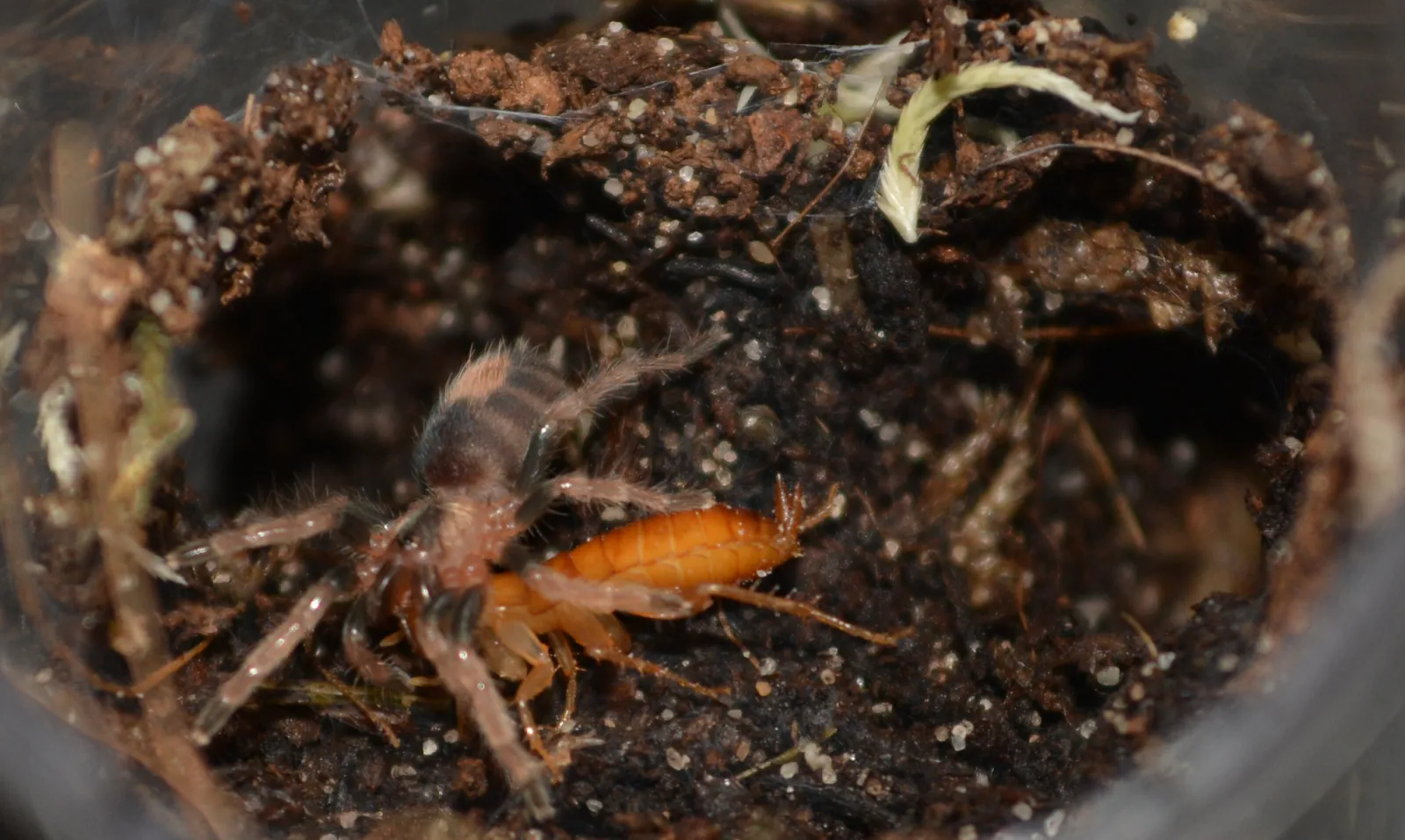
Humidity is also very important, as it plays a key role in the spiderling’s molting process. Most tarantula species require specific humidity levels to molt successfully. If the humidity is too low, the spiderling may struggle to shed its old exoskeleton, which can lead to complications and potential injury. Research the specific humidity requirements for your spiderling’s species. A good starting point is to keep the substrate slightly moist but not soggy. You can monitor the humidity levels using a hygrometer. Mist the enclosure with water regularly to maintain the appropriate humidity, but avoid over-misting, which can lead to mold growth. Proper humidity will benefit the spiderling, guaranteeing successful molts and aiding in its development.
Common Feeding Mistakes to Avoid
Even with the best intentions, mistakes can happen. Avoiding common feeding mistakes is crucial for ensuring the health and well-being of your tarantula spiderlings. Overfeeding, feeding the wrong type of prey, and ignoring signs of molting are common pitfalls. This section will address some of the most common mistakes that new spiderling keepers make, helping you to avoid them and provide the best care.
Overfeeding
Overfeeding can lead to several health problems for spiderlings. Obesity can cause a range of issues, including mobility problems and a shorter lifespan. Overfeeding can also stress the spiderling’s digestive system, leading to constipation or other digestive problems. As a general rule, it is better to underfeed a spiderling than to overfeed it. Always observe your spiderling’s abdomen. A round abdomen is a good indicator of the spiderling being fed well. If you notice that the spiderling is consistently refusing food, reduce the feeding frequency.
Using Incorrect Prey
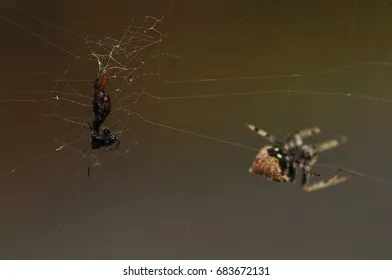
Using prey that is too large, hard to digest, or potentially dangerous can be extremely detrimental to spiderlings. Hard-bodied insects, such as beetles, can be difficult for spiderlings to crush and digest, while prey contaminated with pesticides can be lethal. Always make sure that the prey you are providing is safe, healthy, and appropriately sized. Research the best food choices for your species of tarantula. If you are unsure about the safety of a prey item, it’s best to err on the side of caution and avoid it. Always buy prey from a reputable source to guarantee their health and safety.
Conclusion
Feeding tarantula spiderlings successfully is a rewarding experience that requires attention to detail and a commitment to the well-being of these fascinating creatures. By understanding their unique needs, choosing the right prey, providing proper feeding frequencies, and avoiding common mistakes, you can provide your spiderlings with the best possible chance to thrive. Remember, patience and observation are key. Each spiderling is different, so pay close attention to your spiderling’s behavior and adjust your feeding practices accordingly. With the right care, you can enjoy the rewarding experience of raising a healthy and thriving tarantula.
